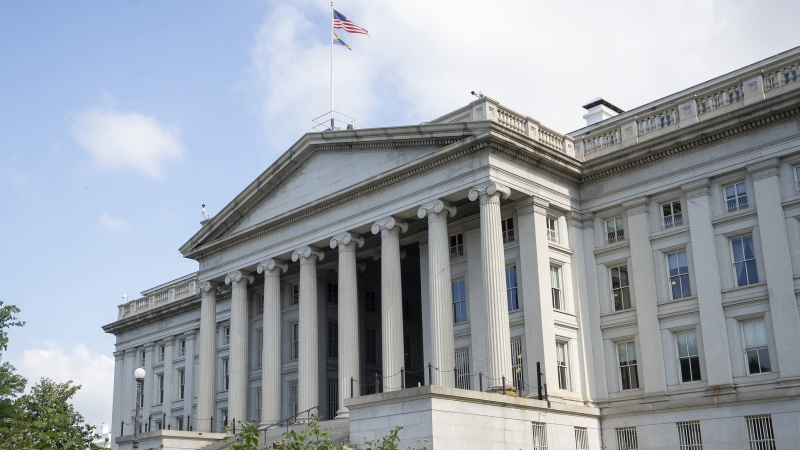The compliance landscape is rapidly changing, with more regulations such as the Dodd-Frank 1071 ruling released in March 2023. Paired with the already intense scrutiny of HMDA data, institutions are feeling the pressure of keeping up with data volume and integrity demands. Lenders and banks have to look hard at their systems, staff, and processes to make sure they can meet these requirements.
The biggest challenge keeping leaders up at night is how HMDA requirements will affect labor costs and their ability to keep high data integrity standards. While examining existing systems and manual scrubbing procedures, financial institutions have realized they are largely underprepared for 1071’s level of scrutiny.
While they have been using automation tools in processes such as credit increase approvals, drive-through tellers, and AI customer service centers, the mortgage compliance processes have been left largely untouched by automation. Institutions must mitigate increased margins and overhead due to too much manual administrative labor.
To deliver accurate and consistent lending data amid increasingly restrictive compliance guidelines, leaders are turning to machine learning systems to fulfill their compliance tasks.
Labor Costs
With increasing regulation in addition to existing HMDA guidelines comes a pressing need for compliance experts to sift through loan data and collect over 110 data points, ensuring all documents are properly accounted for, audited, and verified. Though crucial for providing quality data, these tasks are often monotonous, time-consuming, and fraught with human error. Compliance affects loan origination costs, and cost of origination is very closely tracked, more so than other compliance costs. Since this data needs to be collected at the beginning of the loan process — regardless of if the loan is funded — this is costing the loan origination process from the beginning.












